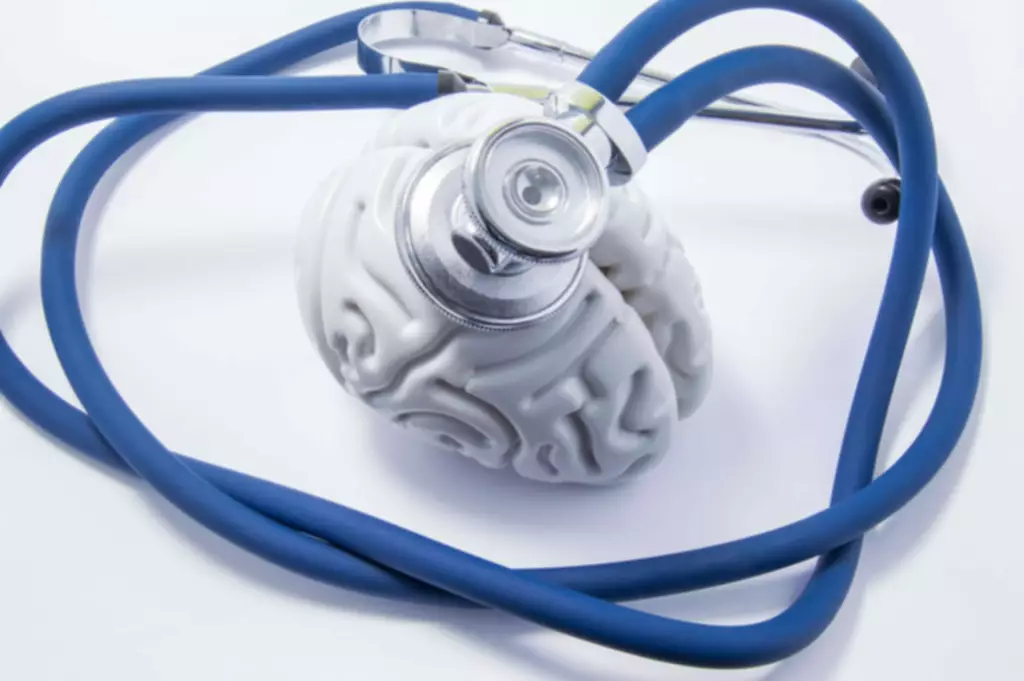The reward pathway, known as the mesolimbic pathway,[26] or its extension, the mesocorticolimbic pathway, is characterized by the interaction of several areas of the brain. Make sure that any conversation about your concerns does not occur while they are under the influence. Avoid criticizing or shaming them for their addictive behaviors. Instead, say something like, “I care about you and am worried about your safety and health,” and share your observations about their behavior. Addiction treatment can be difficult, but it is often effective. The best form of treatment depends on the substance and the presentation of the addiction, which varies from person to person.
Virtual mental health care visits: Making them work for you
- New interventions are improving chances of recovery from addictions.
- Since success tends not to occur all at once, any improvements are considered important signs of progress.
- Alcohol withdrawal management – appropriate processes for the management of alcohol withdrawal.
Drug use can have significant and damaging short-term and long-term effects. Taking some drugs can be particularly risky, especially if you take high doses or combine them with other drugs or alcohol. Signs and symptoms of inhalant use vary, depending on the substance.
Addiction Your Health in Mind
Use of hallucinogens can produce different signs and symptoms, depending on the drug. The most common hallucinogens are lysergic https://ecosoberhouse.com/ acid diethylamide (LSD) and phencyclidine (PCP). Despite the name, these are not bath products such as Epsom salts.
How healthy is sugar alcohol?
Someone with an addition won’t stop their behavior, even if they recognize the problems the addiction is causing. In some cases, they’ll also display a lack of control, like using more than intended. Alcohol withdrawal management – appropriate processes for the management of alcohol withdrawal. Usually if you smoke more than 10 cigarettes a day, or have a cigarette in the first half hour after waking up, you have a nicotine addiction that is significant enough to give you some real trouble when quitting. The urge to smoke is caused by a combination of nicotine addiction and smoking triggers.
Do not sell my personal information Privacy Policy and Terms of Use

Drug use increases the release of a powerful chemical called dopamine. Over time, if dopamine is routinely in abundance because of substance use, the brain attempts to balance things out by producing less dopamine. At that point, the brain relies on substances to trigger the release of dopamine. And that is when individuals start to use alcohol and other drugs just to feel “normal.” Behavioral addictions can occur with any activity that’s capable of stimulating your brain’s reward system. Behavioral scientists continue to study the similarities and differences between substance addictions, behavioral addictions and other compulsive behavior conditions like obsessive-compulsive disorder (OCD) and bulimia nervosa.
Recovery Coaching
For example, a person who drinks alcohol heavily on a night out may experience both the euphoric and harmful effects of the substance. The term addiction is used to describe compulsive drug-seeking behaviors that continue in spite of negative outcomes, but it is important to note that addiction is not considered an official diagnosis in the DSM-5. A legacy of historical injustices and systemic barriers faced by Black women has an influence on intergenerational substance use disorders. Without treatment, addiction can cause serious health issues, even death. It can damage personal relationships, lead to financial difficulties and cause legal problems.

- Untreated addiction also harms family members, and the effects can last for generations.
- The transtheoretical model can be helpful in guiding development of tailored behavioral interventions that can promote lasting change.
- It can seriously damage your work performance and relationships.
- Topics include opioid and non-opioid analgesics, as well as other non-pharmacological therapies for pain management.
For over 20 years Dr. Umhau was a senior clinical investigator at the National Institute on Alcohol Abuse and Alcoholism of the National Institutes of Health (NIH). Learn about the essential components of Mindfulness-Oriented Recovery Enhancement, a highly effective mindfulness therapy for addiction, emotional distress, and chronic pain. The recovery process from Substance Use Disorders (SUDs) has evolved over time. It also shifts for individuals throughout the course of their sobriety. If you or someone you care about may have an addiction, talk to your provider right away. Substances and certain activities affect your brain, especially the reward center of your brain.
Healthdirect Free Australian health advice you can count on.
More addiction patients can take methadone at home, but some states lag behind • Missouri Independent – Missouri Independent
More addiction patients can take methadone at home, but some states lag behind • Missouri Independent.
Posted: Mon, 13 May 2024 15:03:48 GMT [source]
Continuing use is typically harmful to relationships as well as to obligations at work or school. Behavioral therapies help people in drug addiction treatment modify their attitudes and behaviors related to drug use. As a result, addiction vs dependence patients are able to handle stressful situations and various triggers that might cause another relapse. Behavioral therapies can also enhance the effectiveness of medications and help people remain in treatment longer.
Resources and support
And those who have co-occurring mental health disorders, like depression, anxiety or post-traumatic stress disorder, would benefit from mental health services. Consider how a social drinker can become intoxicated, get behind the wheel of a car, and quickly turn a pleasurable activity into a tragedy that affects many lives. Occasional drug use, such as misusing an opioid to get high, can have similarly disastrous effects, including impaired driving and overdose. The three models developed here – the cultural model, the subcultural model, and the Critical Medical Anthropology Model – display how addiction is not an experience to be considered only biomedically. Through consideration of addiction alongside the biological, psychological, social, cultural and spiritual (biopsychosocial–spiritual) elements which influence its experience, a holistic and comprehensive understanding can be built. Understanding the pathways in which drugs act and how drugs can alter those pathways is key when examining the biological basis of drug addiction.
